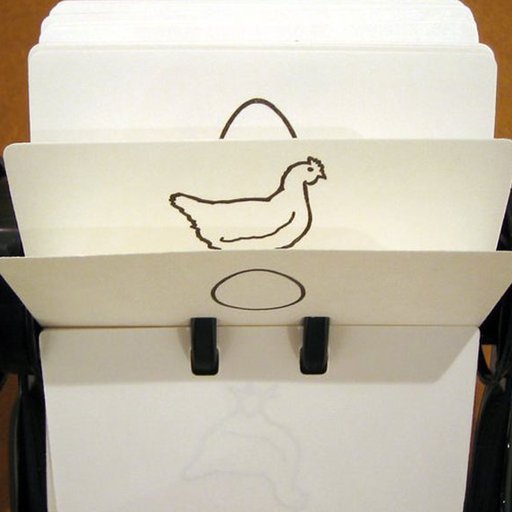Elizabeth Catlett
Elizabeth Catlett, a granddaughter of slaves, was born into a middle-class Washington family; her father was a professor of mathematics at Tuskegee Institute. After being disallowed entrance into the Carnegie Institute of Technology because she was black, Catlett enrolled at Howard University (B.S., 1935), where she studied design, printmaking, and drawing and was influenced by the art theories of Alain Locke and James A. Porter.
While working as a muralist for two months during the mid-1930s with the Federal Art Project of the Works Progress Administration, she became influenced by the social activism of Mexican muralist Diego Rivera. In 1940 Catlett became the first student to earn a Master of Fine Arts degree in sculpture at the University of Iowa. The Regionalist painter Grant Wood, a professor at the university at the time, encouraged her to present images drawn from black culture and experience and influenced her decision to concentrate on sculpture. After Catlett held several teaching positions while continuing to expand her range of media, she went to Mexico City in 1946 to work at the Taller de Gráfica Popular, an artists’ collective. There, along with her then husband, the artist Charles White, she created prints depicting Mexican life. …
Elizabeth Catlett, a granddaughter of slaves, was born into a middle-class Washington family; her father was a professor of mathematics at Tuskegee Institute. After being disallowed entrance into the Carnegie Institute of Technology because she was black, Catlett enrolled at Howard University (B.S., 1935), where she studied design, printmaking, and drawing and was influenced by the art theories of Alain Locke and James A. Porter.
While working as a muralist for two months during the mid-1930s with the Federal Art Project of the Works Progress Administration, she became influenced by the social activism of Mexican muralist Diego Rivera. In 1940 Catlett became the first student to earn a Master of Fine Arts degree in sculpture at the University of Iowa. The Regionalist painter Grant Wood, a professor at the university at the time, encouraged her to present images drawn from black culture and experience and influenced her decision to concentrate on sculpture. After Catlett held several teaching positions while continuing to expand her range of media, she went to Mexico City in 1946 to work at the Taller de Gráfica Popular, an artists’ collective. There, along with her then husband, the artist Charles White, she created prints depicting Mexican life. As a left-wing activist, she was investigated by the U.S. House Un-American Activities Committee during the 1950s. In 1962 she took Mexican citizenship.
Courtesy of Alpha 137 Gallery





